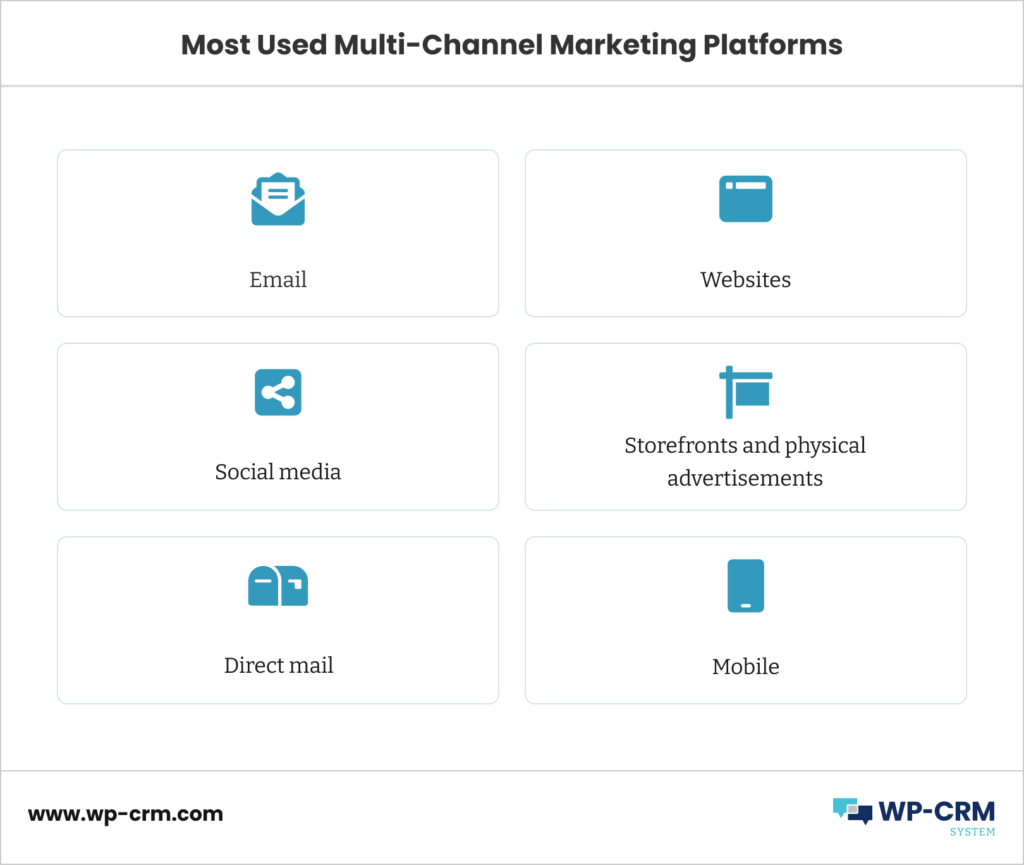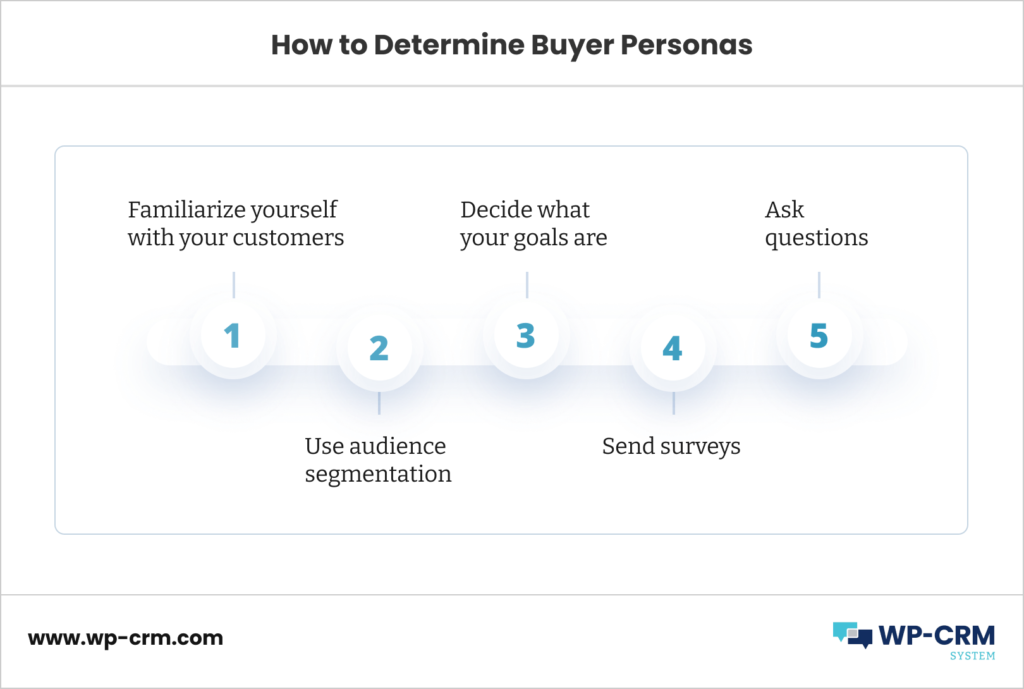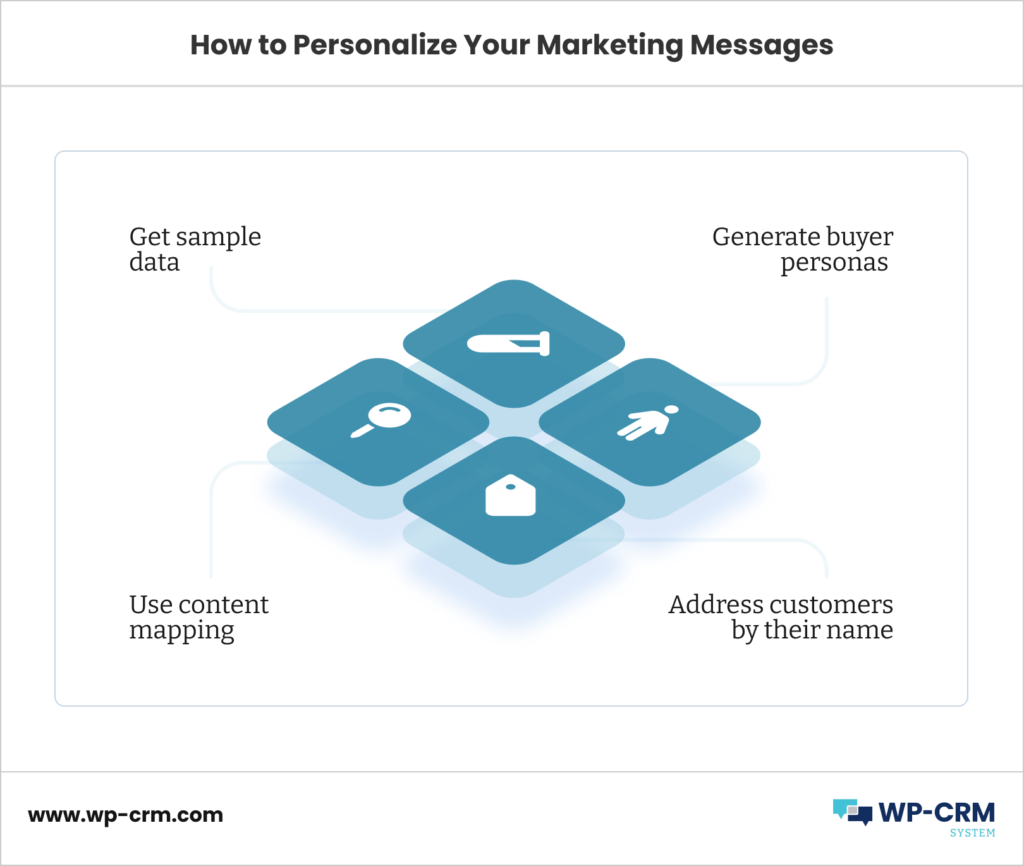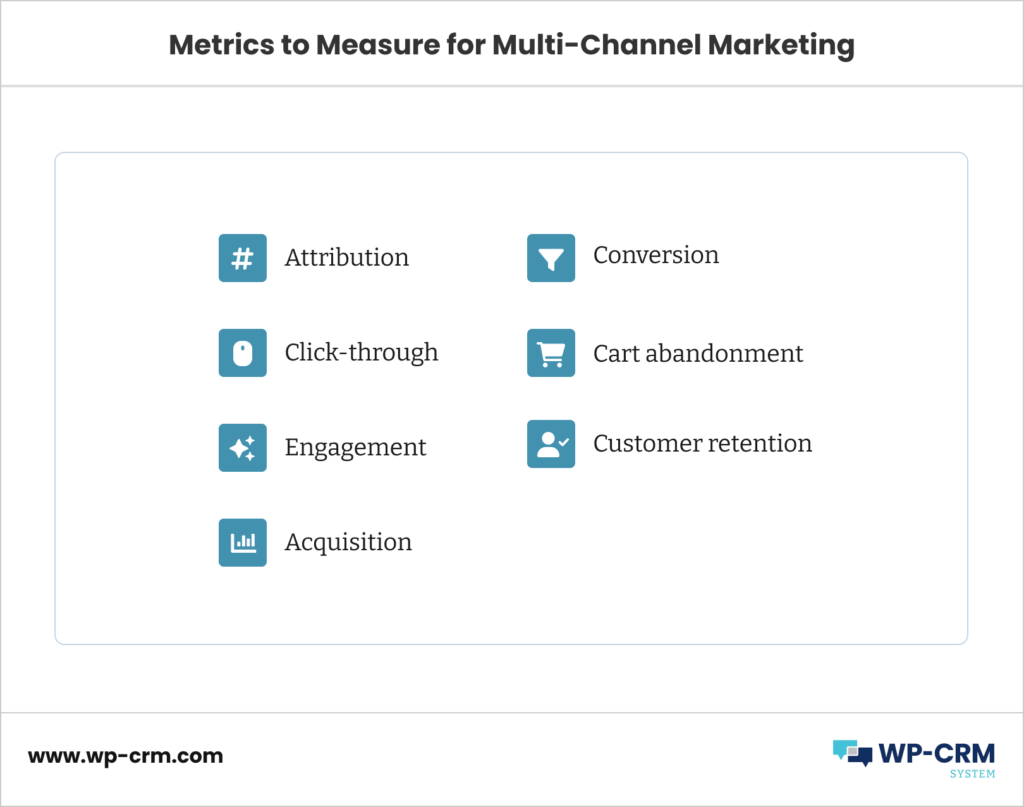7 Steps to Properly Construct Your Multi-Channel Marketing Plan
These days, it’s all about thinking out of the box to make sure your audience notices the content that you put out. It takes a lot for readers to stop scrolling and pay attention to content, as there are millions to choose from. This is one of the main reasons why you should consider implementing a multichannel marketing plan.
What Is Multichannel Marketing?
Multichannel marketing is the process of posting your content on different channels and platforms. This involves social media, websites, email, mobile, digital ads, direct mail, and a lot more. It gives your customers a choice when it comes to interacting with you and your business.
Implementing multi-channel marketing gives the buyer the freedom to choose which channel they want to use when making a purchase. It also helps brands reach out to clients once they are fully ready to engage with posts and campaigns that have been properly choreographed across every channel to maximize their benefits.
When Should Multichannel Marketing Be Implemented?
Multichannel marketing is used best when brands want to continuously gain new leads and improve their conversions. If your goals as a brand are to nurture your leads, engage with your audience, retarget readers, and improve your conversions, then multichannel marketing is for you.
What Channels Can Be Used for Multichannel Marketing?
As mentioned above, multichannel marketing can be used across different platforms. Here are a few of the most common ones:
- Email. According to Get Response, the average open rate for welcome emails is around 82%. Email has always been a strong outlet for marketing, and should therefore be taken full advantage of.
- Social Media. This is one of the most common platforms in use today. Statista reports that in 2020, over 3.6 billion people globally use social media. This number is expected to reach 4.41 billion by 2025. Social media also allows marketers to segment and target specific audiences. Platforms such as Facebook and Instagram offer their advertisers useful advertising insights that can track their marketing statistics.
- Websites. If you have different websites and landing pages, you have to make sure to post and advertise your products and services across all those channels. Be consistent when you do but do not repeat your words, as this can lead to penalties and duplicate content.
- Storefronts and Physical Advertisements. If you have a physical store, then you want to make sure you don’t forget your walk-in customers as well. On-foot traffic should be maximized to attract local customers.
- Direct Mail. Direct mail can be used to send coupons and gifts to your customer as well as pamphlets and catalogs.
- Mobile. According to Marketing Profs, 75% of people are okay with getting SMS messages, as long as they have agreed to it. Give your customers the option to sign up for your SMS advertisements and make sure to alert them about promos, discounts, and upcoming sales.

How to Start Your Multichannel Marketing Plan
Now that we have discussed the important aspects of multichannel marketing, it’s time to move on to the different ways you can use this strategy to leverage your business.
Choose the Right Channel/s for Your Business
Multichannel marketing is undoubtedly effective, but it can also be expensive. Posting on different platforms means that you’d have to pay for optimization and advertisement, and the costs can easily pile up.
The first thing that you should do is study each platform and see which ones will add value to your business. Take a look at your buyer personas and see which channels they frequent. For example, if you notice an influx of likes and shares on Facebook and your own blog, then it would be best if you include these in the list of channels that you will be using.
You can always add more channels to your list as you go on. Start with two or three platforms to test out the waters and see which ones will give you a good return on your investment.
Apply Consistency
Inconsistency can confuse your target market, and posting irregularly across different channels can send mixed signals. Therefore, the tone of your brand and its voice should be similar across all channels. You do not have to use the same words – you just have to make sure that your audience recognizes your ads no matter where they see them.
Take this example from KitKat – here’s one of their advertisements posted on their Facebook account:
And here’s a different ad that’s posted on their Instagram account:
These advertisements have different captions and images, but they convey the same message. Whenever you hear the words “Have a break”, you immediately think of the words “Have a KitKat”, because their branding is always consistent.
Create a unique tagline or quote that you can use for every post. This will help your audience remember and recognize your brand no matter the channel they see it on.
Determine Your Buyer Personas
Defining your buyer persona should be one of the first steps that you take towards building a multichannel marketing strategy. This will give you a clear idea about which people to target and what channels your customers use daily. Additionally, it also gives you a chance to decide what tone you want to convey to your viewers.
Here are some things that you should always keep in mind when creating your buyer personas:
- Become familiar with your clients and know what they’re like.
- Segment your audience based on their demographics.
- Know your goals and challenges.
- Interview your customers and send them surveys.
- Ask the right questions.

Personalize Your Messaging
Dynamic retargeting can be implemented to show personalized ads to each of your customer segments. This will give you an idea of which posts they like and what type of content they are into based on their past engagement.
Marketing personalization is one of the most effective ways to communicate with your readers. It lets your audience know that you put in the effort to show them what they are interested in seeing.
Here are a few steps that you can take towards personalized ads:
- Collect sample data from your clients.
- Focus on advertising to people that represent your buyer personas.
- Practice content mapping.
- Don’t be too invasive and steer clear of sensitive information.
Remember: the more you know about your customers’ buying behavior, the more you can personalize the content and ads that you put out for them.

Use a CRM to Apply Marketing Automation
Using the right CRM software will allow marketers to see the data they procure from different channels. It conveniently compiles all of the numbers from different channels that you use so you don’t have to spend too much time collecting from each one of the platforms.
CRMs show a detailed report of the following:
- The type of content your customers are into.
- Which platforms people are using.
- How often do your clients view apps and ads.
CRMs are often paired with marketing automation to track vital information such as CTA clicks, email open rates, visited pages, and more. This can help you personalize your ads and decide which channels to use to reach your target market.
Apply Retargeting
Retargeting is defined as the process of showing advertisements to customers who have previously viewed a business’ website. It helps re-engage the potential leads by showing them ads on external websites that they later visit.
Retargeted ads are often shown on different channels to maximize the chances of having customers come back to your website and finish their purchase. These ads are often personalized, as they are tailored based on a user’s online purchasing behavior.
Measure the Results
Lastly, measuring your results across all platforms should be done regularly. You need to identify which channels are giving you the most return on investment. Use the analytics from your CRM software to see which channels are more successful in your campaigns.
Here are a few more ways to measure the results of your multi-channel marketing campaigns:
- Pay attention to attribution.
- Measure your click-through rates.
- Calculate your engagement levels.
- Gauge the lead acquisition rates.
- Take a look at the conversion rates.
- Evaluate the cart abandonment rates.
- Estimate the customer retention rates.
- Perform A/B testing.
Measuring these metrics can help businesses see which of these platforms they should continue using. Involve both external and internal metrics to make sure that you wouldn’t miss any helpful information from every platform that you are implementing on your strategy.

Conclusion
Constructing your multichannel marketing plan can take a little bit of time and patience on your end. However, as long as you do it right, the rewards that you will reap will be well worth it. As long as you use the right tools, implement the correct steps, and follow the tips above, then you should be on your way to improving your multichannel marketing campaigns.
